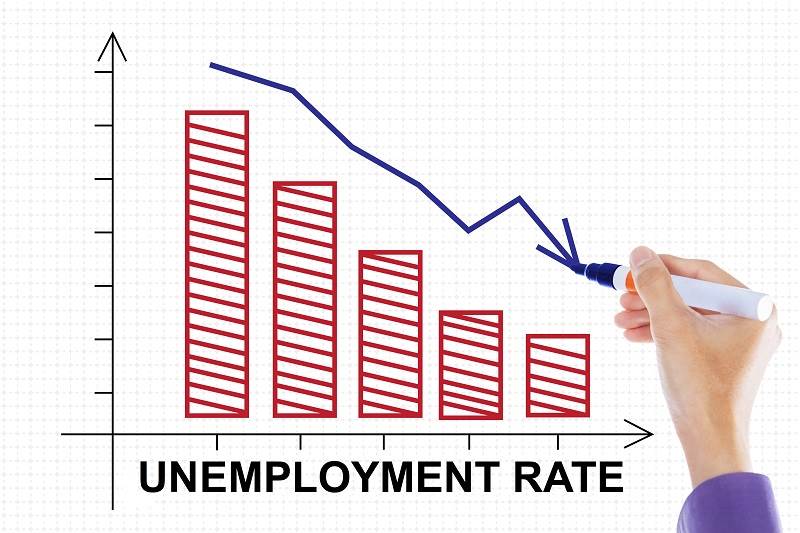
The most recent jobs report from the US Bureau of Labor Statistics says the national unemployment rate is 3.5 percent. That’s the lowest in 50 years, and it reminds us of what we pointed out in a previous blog post: When people talk about the skills gap, they don’t necessarily mean a shortage of people but a shortage of people with the right skills.
With such a low unemployment rate, though, there’s a shortage of people for all jobs. And the shortage is even worse in the technology sector.
Earlier this year, CompTIA, a non-profit association known for its certification programs, crunched data from the US Bureau of Labor Statistics and determined that unemployment in the tech sector had fallen to 1.3 percent in May 2019.
One point three. Over a year ago, when we wrote about a tech unemployment rate of 1.9 percent, we quoted a professional who said that was essentially negative unemployment. So 1.3 is crazy.
Wages have also been rising in the tech sector, which saw pay climb 2.3 percent. Some observers, though, saw a warning sign.
“There is now the very real prospect of tech worker shortages affecting industry growth,” Tim Herbert, executive vice president for research and market intelligence at CompTIA, wrote in a statement. “Firms seeking to expand into new areas such as the Internet of Things, robotic process automation or artificial intelligence may be inhibited by a lack of workers with these advanced skills, not to mention shortages in the complementary areas of technology infrastructure and cybersecurity.”
This isn’t the first time someone with deep knowledge of the tech industry has warned that a shortage of skilled workers could slow down new projects.
In fact, according to an article in Fortune, economists have long been fretting over the steady month-by-month increase in open job positions, a sign the skills gap is worsening to a point that imperils growth. In June, the U.S. Labor Department said vacancies exceeded the ranks of unemployed Americans by 1.63 million, prompting one observer to note, “The biggest threat to job growth is available supply, not demand for labor.”
In other words, there’s a shortage of skilled people. With fewer available workers in the US, companies may either delay innovative projects they are planning, or worse, they’ll decide to offshore IT projects.
There is one way for companies to get workers with the technical skills they need: H-1B visas that enable talented people to come to America and work.
Obtaining the visas has never been an easy process, and every application for an H-1B visa should be scrutinized, but in the last two years regulations have increased the complexity of the process with the goal of reducing the number of workers who can immigrate to the US to work.
As we said a year ago: While reasonable people can debate the exact level of H-1B visas that should be issued, what is beyond question is that talented people possessing high demand IT skills sets continue to be needed in the United States. The H-1B program remains a critical source of that talent both now and for the foreseeable future.
Especially when unemployment in the tech sector sinks to 1.3 percent. That’s unsustainable, and we’re keeping an eye on it.